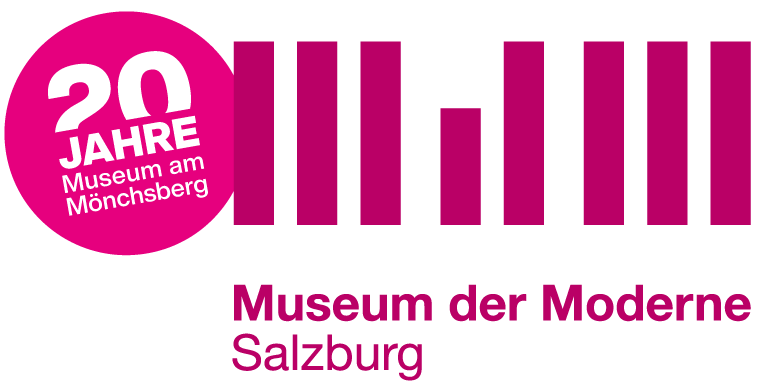1983: The Beginning in the Rupertinum
The Museum der Moderne Salzburg was created with the so-called “Schenkung Welz” (“Welz Donation”), a collection of modern graphic art. It opened in 1983 in the early Baroque palace of the former Catholic seminary the “Collegium Rupertinum” in the old city of Salzburg and was initially called the “Modern Gallery and Graphic Art Collection – Rupertinum.” Its founding director, Otto Breicha (1983–1998), expanded its collection by purchasing examples of Austrian photography. This part of the Museum’s collection, called the “Austrian photo gallery,” also includes holdings of the federal government. Under the directorship of Peter Weiermair (1998–2001), the Rupertinum’s program became more internationally oriented.
2004: A New Building on the Mönchsberg
In the 1990s, spectacular plans were developed for a Guggenheim Museum in Salzburg, to be created in the cliffs of the Mönchsberg. These plans never came to fruition, but a new building for a “Museum of the Modern” was ultimately constructed on the Mönchsberg, on the former site of the Café Winkler. In 2004, under its director Agnes Husslein (2000–2005), the “Museum der Moderne am Mönchsberg” opened its doors. In the 2000s, its exhibition program began to be focused more towards contemporary art. Under its director Toni Stooss (2005–2013), a prominent painting by Gustav Klimt was restored to the family of its original, rightful owner. Some of the proceeds from the subsequent sale of the painting, generously donated by Georges Jorisch (1928 Vienna – 2012 Quebec), were used to expand the former water tower on the Mönchsberg. Since 2014, this important building, henceforth called the “Amalie Redlich Tower” in memory of Georges Jorisch’s grandmother, has operated as a center for art education that also features a studio apartment for artists.
2014: The Generali Foundation Collection as Permanent Loan to the Museum
Under the direction of Sabine Breitwieser (2013–2018), the Museum acquired a different profile. Large-scale solo exhibitions were dedicated to important women artists, and non-Western artists also found their way into its program. In 2014, a comprehensive partnership was established with the Generali Foundation, whose international, top-level collection was also acquired on permanent loan. Important improvements to the Museum’s infrastructure were realized with the partial renovation of the Rupertinum in 2016, and the construction of a new art depot in 2017.
2018–2022: Extensive Renovations and Repositioning
Thorsten Sadowsky was Director of the Museum der Moderne Salzburg from September 2018 to September 2022. He developed a vision and a mission for the Museum, and a set of values for the entire Museum team had been adopted. Extensive renovation measures were realized, along with an upgrade for various Museum buildings that has brought them in line with international standards for barrier-free access. The Museum sees itself as a forum for discussion that derives its legitimacy from a critical stance towards both the past and present. It repositioned itself as an international center of competence for art, photography, and visual arts that has a comprehensive approach to image cultures. In doing so, it aims primarily to reflect the state of contemporary art while debating topics that are current and socially relevant. Its agenda included a critical reappraisal of postcolonialism and a remapping of the world through the means of art.
Find out more about the venues & facilities of the museum.
